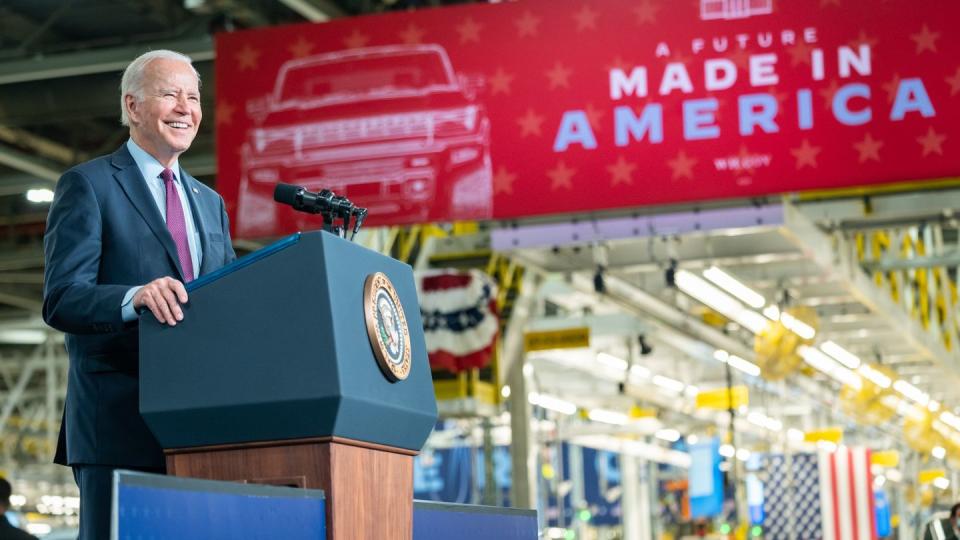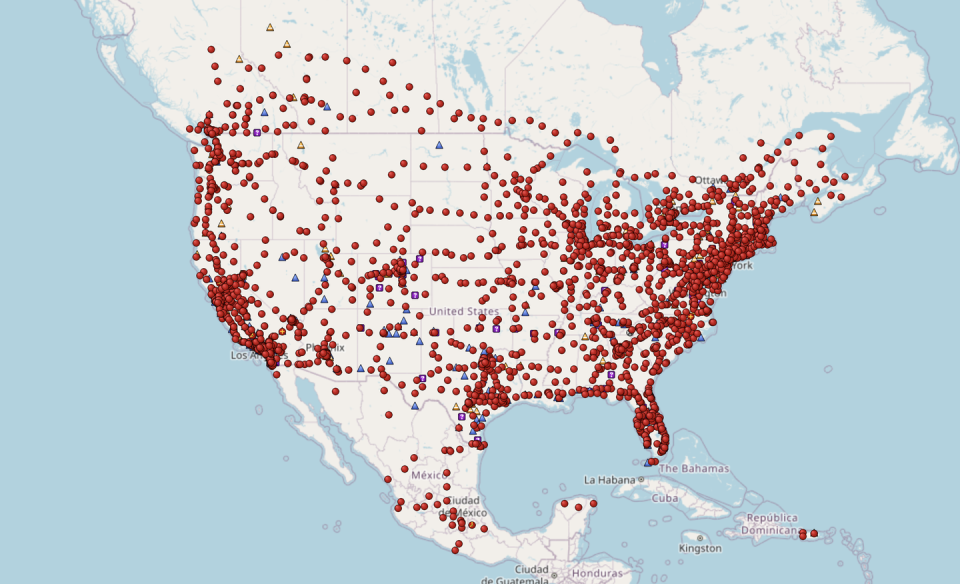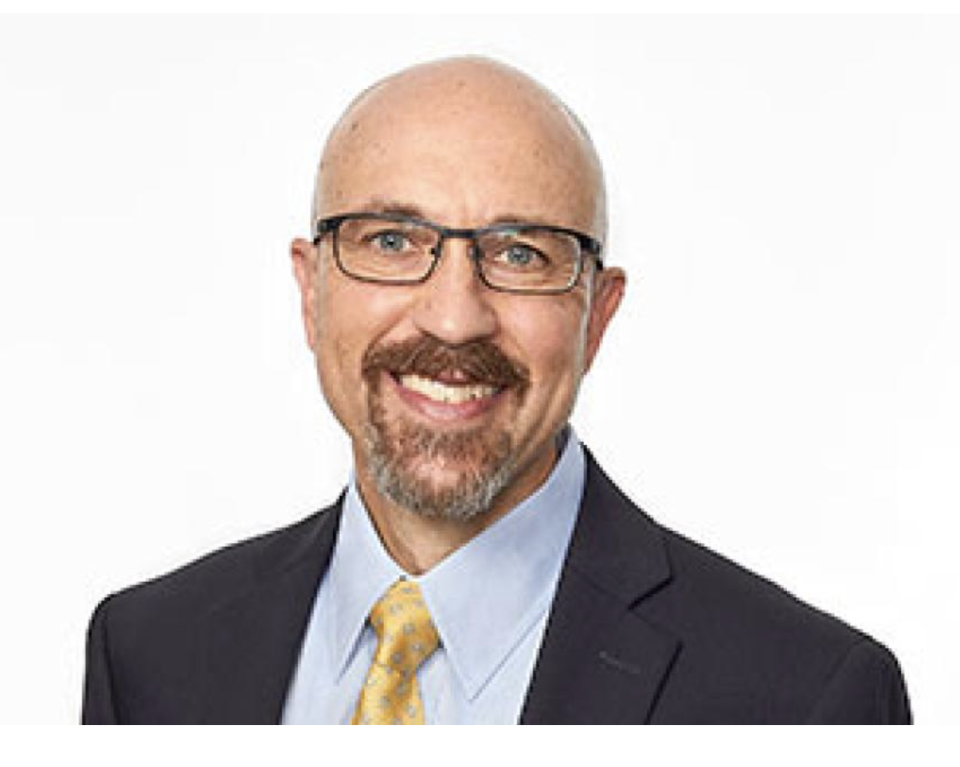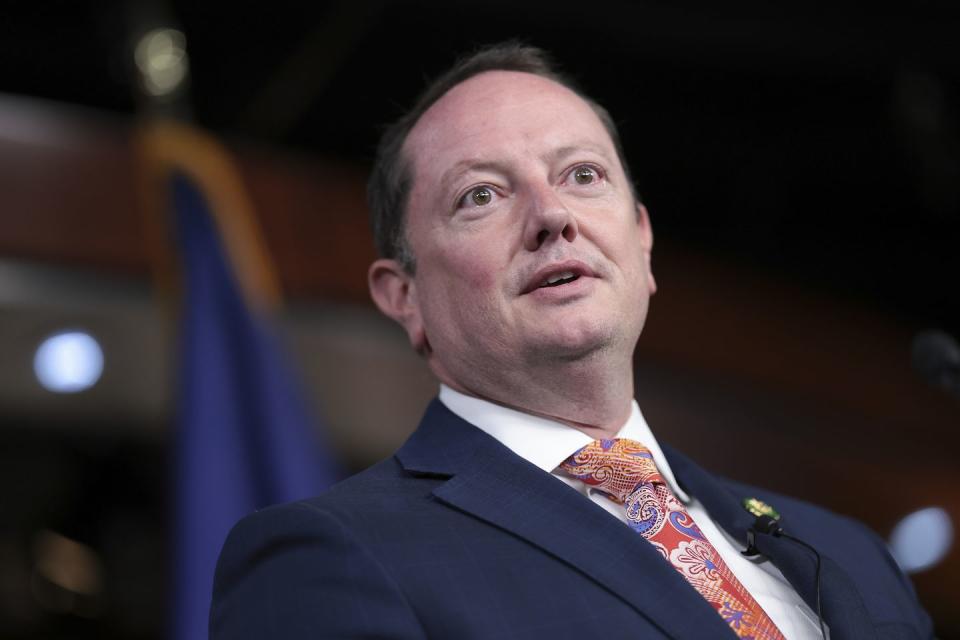$7.5 Billion in Tax Dollars Yield Only 8 EV Charging Stations

The Biden Administration says EV sales have more than quadrupled since 2020, and the number of publicly available charging ports has grown 75% to more than 182,000 across the country.
But the delays in federally funded chargers are caused by “wanting to get it right,” a federal official says. The timing is important, because the slow pace of federal charging build-out has become a political issue.
Republicans in Congress have introduced the Undoing Nationwide Programs and Limiting Unnecessary Grants for Electric Vehicles (UNPLUG EVS) Act, while two Republican senators have co-sponsored the Eliminate Lavish Incentives to Electric Vehicles Act.
The Biden Administration’s $7.5 billion effort to jump-start the electric-vehicle charging landscape is moving very, very slowly. Now more than two years after the program was signed into law in late 2021, only eight chargers have been put in place.
In April, with some fanfare, cars plugged into a station in Bradford, Vermont. Defenders encourage patience, saying the pace will quicken rapidly later this year.
The allocated dollars are $5 billion through the National Electric Vehicle Infrastructure (NEVI) program and $2.5 billion in Charging and Fueling Infrastructure (CFI) discretionary grant funding via the Infrastructure Investment and Jobs Act.
It’s easy to spin the numbers, and the Biden Administration definitely does that. The White House says EV sales have more than quadrupled since the Democrats took over. EV prices were down 20% from 2023 to 2024, the administration says, and the number of publicly available charging ports has grown 75% to more than 182,000 across the country.
But Americans remain worried about range anxiety and finding a place to charge, and the federal funding hasn’t yet been a big factor in changing that—or reversing the current slump in EV sales.
Most of the world’s automakers are in the process of changing from the established Combined Charging System (CCS) connector to Tesla’s North American Charging Standard (NACS), and public confidence in Elon Musk’s network—which had been high—was somewhat shaken by the news earlier this month that Tesla would lay off the team responsible for its Supercharger network.

Alexander Laska, deputy director for transportation and innovation in the Climate and Energy Program at the Third Way think tank, puts a positive spin on the pace of charger installation, attributing it in part to complicated regulations on the federal and state level.
The money, Laska says, “comes with dozens of rules and requirements around everything from reliability to interoperability, to where stations can be located, to what certifications the workers installing the chargers need to have.
“These requirements are largely a good thing—we want drivers to have a seamless, convenient, reliable charging experience—but navigating all of that does add to the timeline. On top of that, state departments of transportation need to coordinate with utilities to make sure there’s enough electricity to service those stations.”
Just wait, Laska says. “I think we’re about to see a lot more momentum behind this program. While there are fewer than a dozen stations open now, nearly 500 sites have now been announced across 20 states. I think 2024 is going to be the year we see a lot more of these stations opening, and a lot more quickly.”
Luke Tonachel, senior strategist for transportation at the Natural Resources Defense Council, echoes this positivity to Autoweek. “Most electric-vehicle owners conveniently charge their cars at home to fuel their daily commutes and errands, but drivers want and need public chargers,” he says.
“Because of efforts from private companies, utilities, states and the federal government, we are making significant progress—but we need to make much more,” Tonachel adds. “The federal government has laid the groundwork for getting more chargers installed, and we look forward to many more public charging stations coming online this year.”
Also sympathetic is Lindsey Perkins, director of communications and marketing at Plug In America. “It takes time to build infrastructure. If you look at bridges or highway projects from the same timeframe, they aren’t built yet... More than $300 million has been awarded to states, so things are happening—only much of it is behind the scenes. In the next few years, we expect to see many NEVI-funded chargers go online.”
The federal Joint Office of Energy and Transportation sent a response that sidesteps any delays associated with the federally funded chargers.
“States are moving quickly to install more chargers stamped Made-in-the-USA,” says Kerry Skemp, a spokesperson at the joint office that leads Biden’s EV charging initiatives. “With…an average of 900 new public chargers opening each week, we’re rapidly expanding the nation’s EV charging network to reduce range anxiety and build consumer confidence in purchasing EVs.”
NEVI, Skemp says, “is helping to build that national EV charging network from scratch, and we want to get it right—to ensure a convenient, accessible, and reliable charging network that makes it as easy for Americans to find a charge as filling up on gas.” The joint office works with the Departments of Energy and Transportation.

So the delays are caused by “wanting to get it right.” The timing is important, because the slow pace of federal charging build-out has become a political issue.
EVs were once seen as bipartisan, but those days are long gone, and now embattled Republican presidential candidate Donald Trump leads the charge against them, with the help of Republicans in Congress.
Representative Eric Burlison (R-MO) and Harriet Hageman (R-WY) introduced the Undoing Nationwide Programs and Limiting Unnecessary Grants for Electric Vehicles (UNPLUG EVS) Act last February.
Hageman cited what was then a single charger installed and claimed “the Biden Administration has wasted billions of taxpayer dollars to prop up the EV industry.” Burlison added, “The average American family is priced out of expensive EVs, yet those same taxpayers are forced to foot the bill for EV infrastructure.”
A 2023 Senate bill, the Stop EV Freeloading Act, introduced by four Republicans, would have forced EV owners to subsidize the Highway Trust Fund, which is paid for via gasoline taxes.
And on May 2, Senators Kevin Cramer (R-ND) and John Barrasso (R-WY) co-sponsored the Eliminate Lavish Incentives to Electric (ELITE) Vehicles Act, which would, among other things, repeal tax credits for both new and used EVs and take away the federal investment tax credit for charging stations.
Countering this from within is the EV Politics Project, with a team of GOP consultants whose website offers extensive branded pro-EV merch. Project Co-Founder Mike Murphy tells Autoweek that “what ticks off Republicans is the environmental preachiness of it.”
Murphy says the anti-EV bills “don’t have the votes” and ignore that EV subsidies are popular on both sides of the aisle.
The anti-EV path is politically risky, Murphy adds, because independent voters give EV brands a net 4% positive rating. Still, Murphy acknowledges that getting federally funded stations installed has been like “trying to push spaghetti uphill,” with some states taking their time in accepting applications for the charger money.

On the floor of the House, Burlison took aim at the EV-China connection. “Through the government electric-vehicle scam, we have allowed Communist China to establish an EV monopoly all while Americans get poorer,” he says.
Laska thinks Biden’s best bet is to “make the case to voters that whether you yourself want to buy an EV or not, we want these vehicles and all of their parts to be made here in America, because that creates good-paying jobs in a lot of communities, including jobs that don’t require college degrees. And it’s going to make us more secure than if we don’t make these investments and cede our auto industry’s leadership to China.”
That is indeed the thrust of Biden’s EV subsidies, which are aimed at vehicles made in America with batteries and critical minerals also sourced here. This year half of a battery’s minerals have to be either mined or processed in the US to be eligible for credits.
In early May, the administration announced it was easing the requirements for the credits, which go up to $7,500 per vehicle. That should make it a bit easier to reach the stated but daunting goal of having half of all new vehicle sales in the US be electric by 2030.
Some EV advocates point out that the cars will be charged at home most of the time, and the public charging network is consequently not as important as some think it is—especially as cars gain 300 or more miles of range.
Kate Harrison, co-founder of MoveEV, which produces software to aid drivers of company EVs who want to get reimbursed for their home electricity usage, tells Autoweek that public charging “costs three times as much as charging at home and takes time out of employees’ work days. Businesses that provide EVs as company cars should have a home-first charging approach.”
Is the federal government moving fast enough to build a public charging infrastructure, or should that money be spent elsewhere? Please comment below.

 Yahoo Autos
Yahoo Autos 